Whether you seek adventure, relaxation, or cultural exploration, this guide boasts a variety of family-friendly monsoon destinations in India that cater to all ages. So book your India Trips and join us as we explore family-friendly monsoon getaways in India, where you can create unforgettable memories with your loved ones amidst nature’s vibrant display.
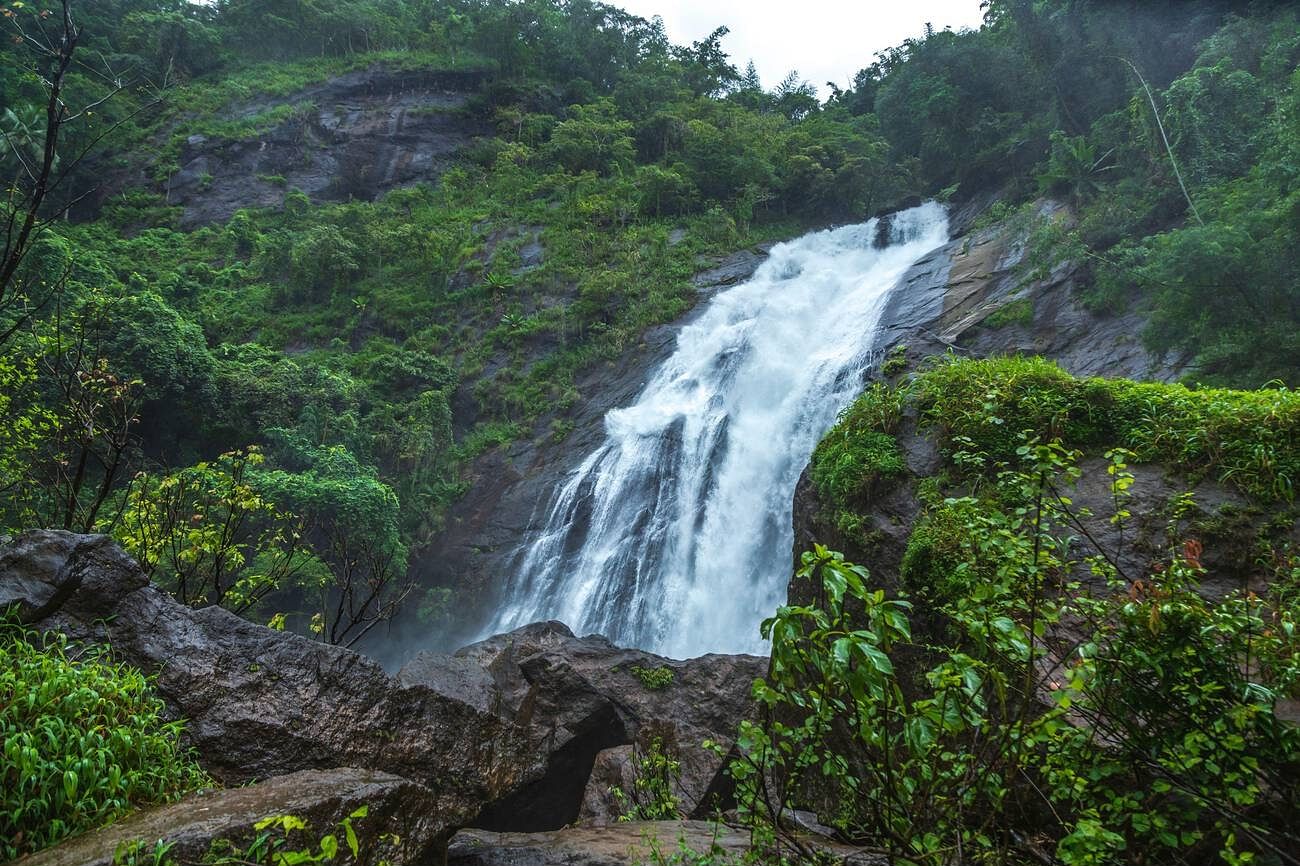
Table of Contents
Table of Contents
- Must visit monsoon destinations in India
- How to Reach Coorg
- How to Reach Kodaikanal
- How to reach Lonavala
- How to reach Wayanad
Must visit monsoon destinations in India
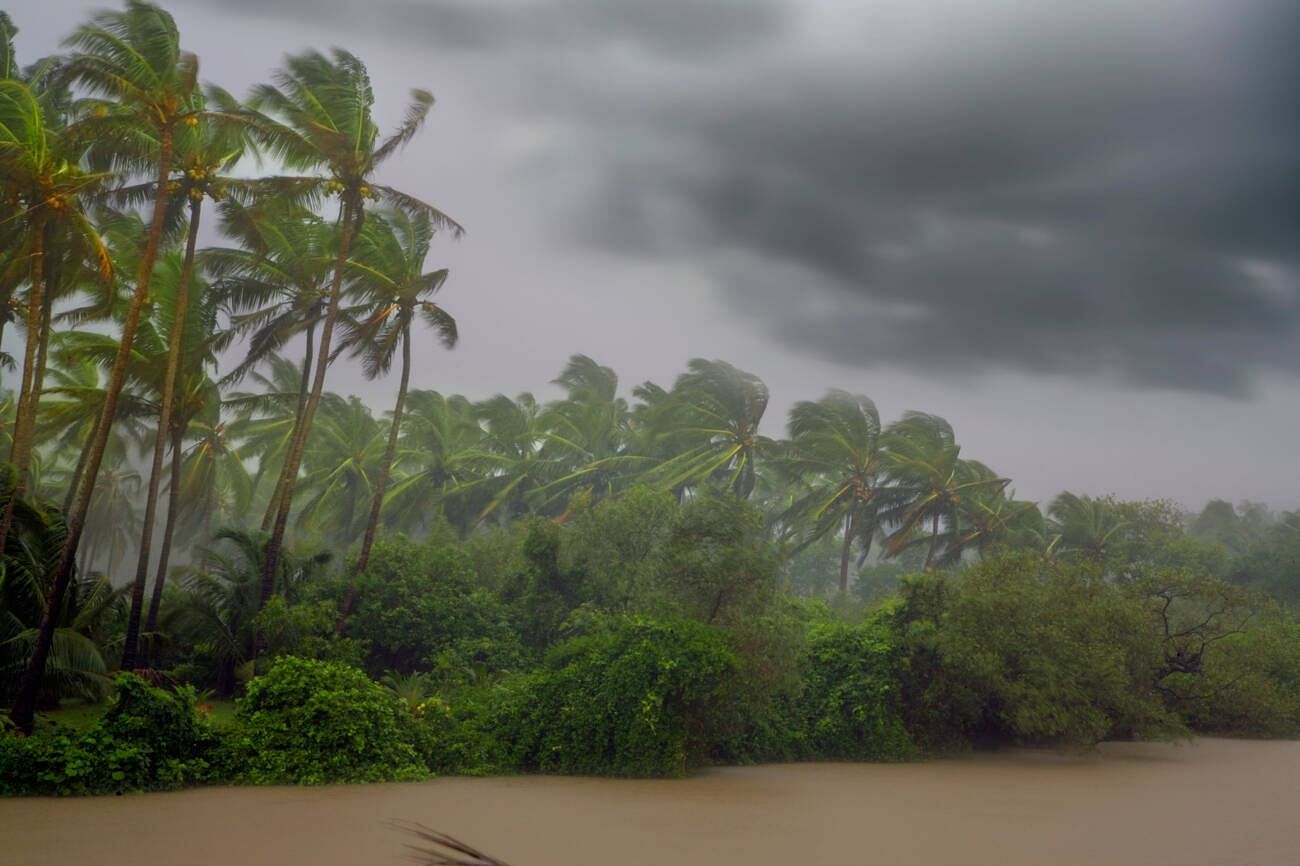
The indescribable scent of the earth after rain, known as petrichor, brings immense delight. This season is one of pure bliss and tranquility, drawing people closer to the unspoiled beauty of nature.
- Coorg
Coorg, officially known as Kodagu, is one of the top family-friendly monsoon destinations in India and is a landlocked district in the state of Karnataka, spanning 4,102 square kilometers, making it larger than the state of Goa. The region is predominantly hilly, with forests and coffee plantations characterizing much of its landscape.
While Kushalnagar and its surroundings are situated on flat terrain, the majority of Coorg features mountainous terrain with hills and valleys. The average elevation in Coorg ranges between 3,000 and 5,000 feet above sea level.
Renowned for its rich biodiversity and delicate ecosystem, Coorg is home to three wildlife sanctuaries and one reserved forest, all recognized as World Heritage Sites by UNESCO.
The hilly terrain of Coorg is interspersed with grassy downs, paddy fields, sloping glades, gorges, and deep valleys throughout much of the region. The abundant rainfall has fostered lush forest growth characteristic of the Western Ghats mountains.
A drive-through Coorg offers breathtaking natural beauty and one of the best things to do in Coorg, with tree canopies and expansive mountain views making it one of the best places to visit in India with family during monsoons.
The forested areas feature widely spaced trees interspersed with patches of grassland. Large timber trees like rosewood, Mathi, and teak dominate the dense, high-rainfall areas of the forests, while the drier regions support shorter trees such as the Flame of the Forest, bamboo, Indian Laburnum, and Dindalu. Most villages in Coorg are located deep within valleys, surrounded by mountain ranges and some of the best places to visit in Coorg.
How to Reach Coorg
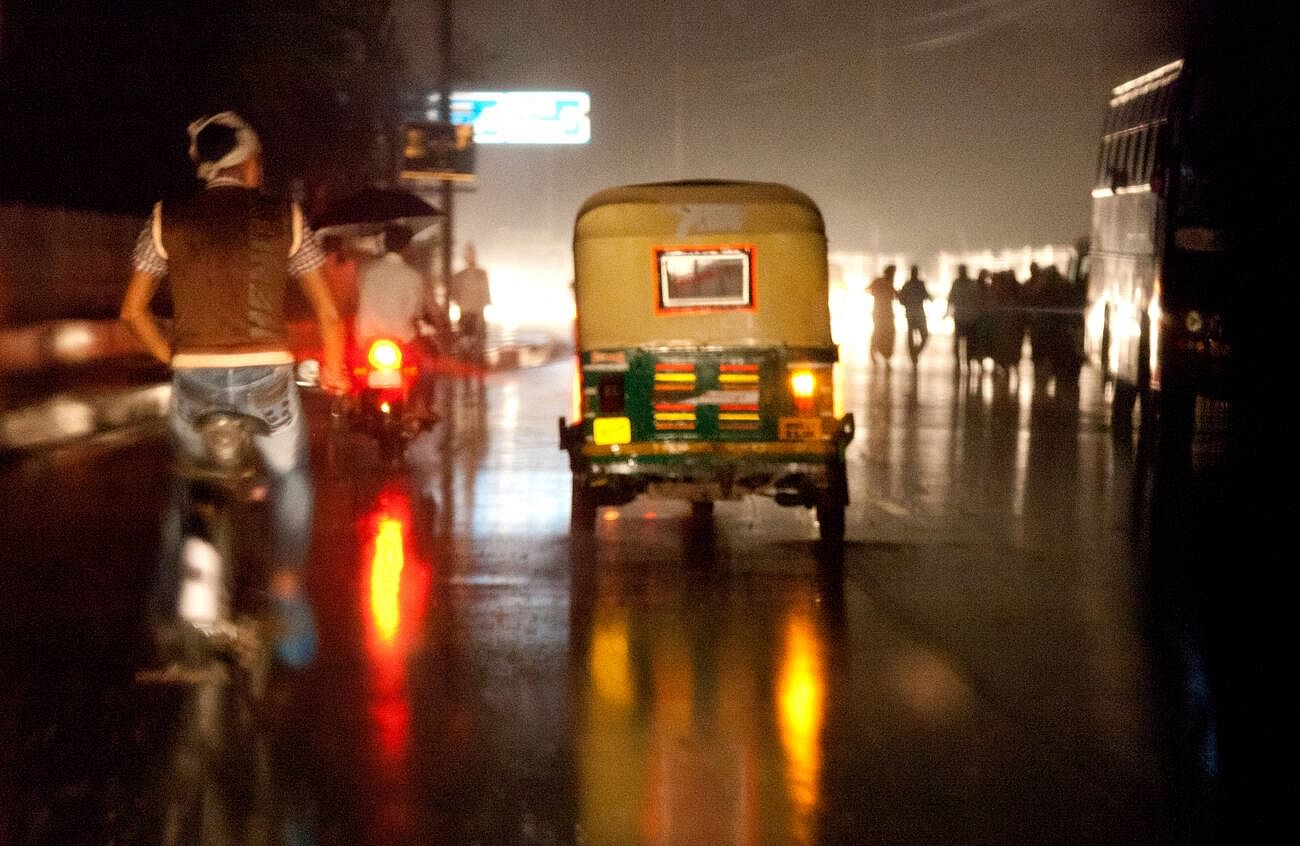
By Train: Currently, Coorg lacks a railway station. The Government of Karnataka and the Ministry of Railways plan to build one in Kushalnagar, but locals and environmentalists oppose it due to concerns that the railway lines would pass through forests and elephant corridors, harming the environment and exacerbating the existing human-elephant conflict in Coorg.
By Bus: The four main bus stands in Coorg are in Madikeri, Virajpet, Gonikoppa, and Kushalnagar. If traveling by bus from Bangalore to Coorg, it is advisable to take an early morning bus, as most homestays and hotels have check-in times starting at Noon or later.
Arriving in Coorg in the early hours may leave you without local rickshaws or taxis, forcing you to wait at the bus stand.
If you plan to arrive early, discuss early check-in and transportation options with your accommodation provider. Coorg is known for its homestays, which usually have limited rooms and require guests to check out by Noon before new guests can check in. Early morning check-ins are often not possible due to limited staff availability. Hotels might allow early check-ins, depending on room availability, and may charge extra.
- Kodaikanal
Kodaikanal, with its hills and valleys shrouded in mist, and lush mountain ranges warmly welcoming visitors and unforgettable experiences, is truly a wonder. If you’ve ever dreamt of being soothed by nature’s lullabies and embraced by the cool breeze from picturesque hill slopes, Kodaikanal is the perfect place to make those dreams a reality. Its scenic beauty continually captivates travelers making it one of the most unique family-friendly monsoon destinations in India.
Known as the “Princess of Hills,” Kodaikanal is one of the most sought-after hill stations in Tamil Nadu and India. Situated about 7,000 feet above sea level, it was established as a destination by British bureaucrats and Christian missionaries in 1845. However, references to this stunning hill station date back to the Sangam literature period.
The modern era of Kodaikanal began with the British, who used it as a summer retreat and vacation spot. Since then, Kodaikanal has remained a popular destination for hill station enthusiasts seeking a mountain escape and one of the best hill stations in India for honeymoon.
The verdant hills, cascading waterfalls, picturesque lakes, and pristine countryside are just some of the reasons for Kodaikanal’s enduring popularity among tourists making it one of the best family-friendly monsoon destinations in India. It offers a variety of activities, including boating, cycling, horse riding, and trekking. A unique attraction is the Kurinji flower, which blooms once every 12 years, providing a rare and remarkable spectacle.
How to Reach Kodaikanal
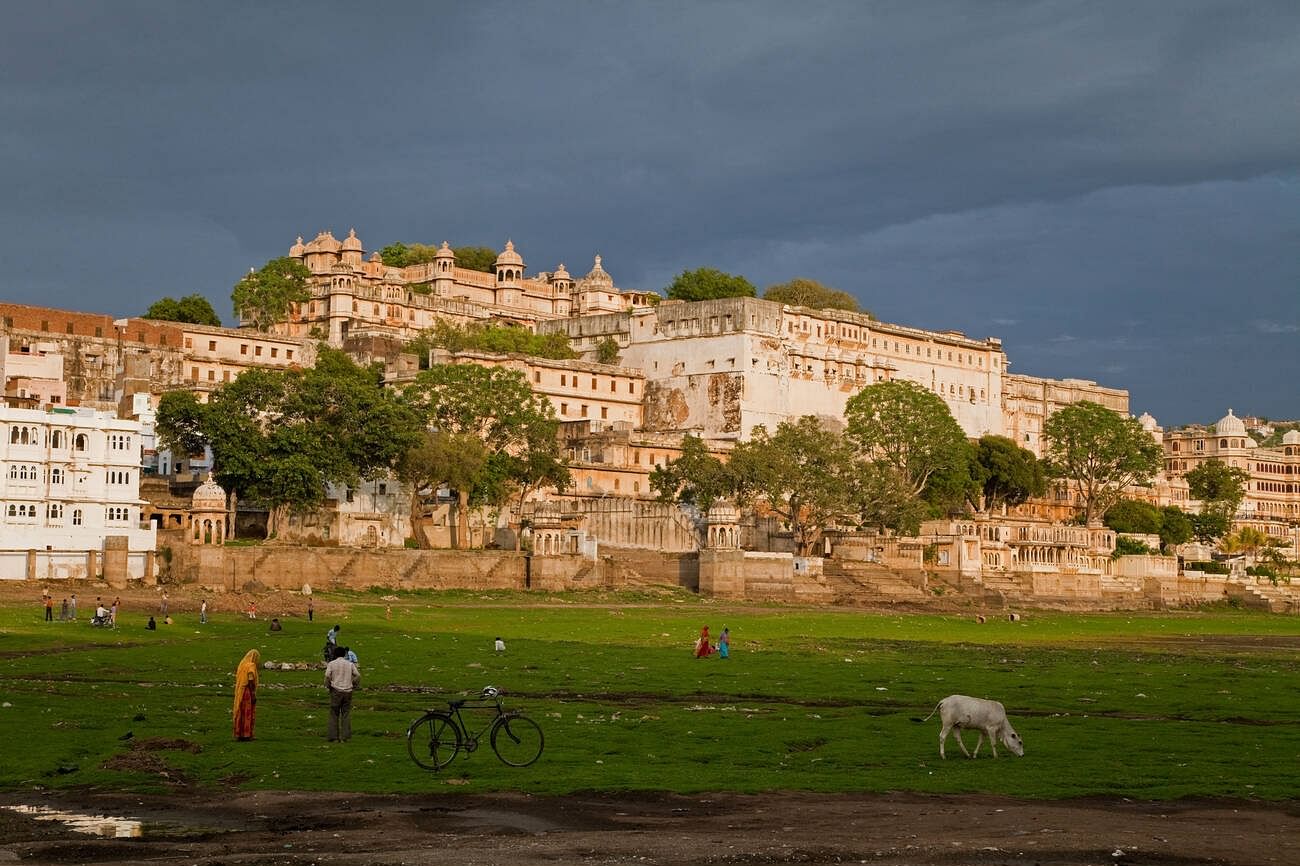
By Air: For air travel, the Madurai International Airport is approximately 115 km away, and the Coimbatore International Airport is about 170 km away.
By Train: For train travel, the Palani Railway Station is 64 km away and the Kodai Road Station is 80 km away, both offering regular train services from Madurai, Tiruchirappalli, and Coimbatore.
- Lonavala
Lonavla and the nearby Khandala are twin hill stations situated at an elevation of 622 meters (2,041 feet) above sea level in the Sahyadri ranges, which separate the Deccan Plateau from the Konkan coast. These hill stations cover an area of approximately 38 square kilometers (15 square miles).
Tourism in this region peaks during the monsoon season making it one of the best family-friendly monsoon destinations in India. The name Lonavla originates from the Sanskrit word “lonavli,” referring to the many caves in the area, such as the Karla Caves, Bhaja Caves, and Bedsa Caves. A visit to Lonavla and Khandala can be combined with sightseeing trips to these caves and the nearby fortresses of Lohagad and Visapur.
Lonavala, a picturesque retreat, offers a tranquil escape from the hustle and bustle of urban life. Situated in the western part of India, in Maharashtra’s Pune district, this hill station is located 96 kilometers east of Mumbai and 64 kilometers west of Pune, making it easily accessible via the Mumbai-Pune expressway.
Referred to as the “city of caves” and the “Jewel of Sahyadri,” Lonavala boasts stunning landscapes, including lush green valleys, impressive caves, serene lakes, and breathtaking waterfalls. Notable attractions include the ancient Bhaja and Karla caves, renowned for their intricate beams, motifs, and inscriptions.
The surrounding areas abound with picturesque waterfalls such as Kune, Bhivpuri, Bhagirath, and Jummapatti, while Aamby Valley, Pawna Lake, and Lonavala Lake offer idyllic settings. Lonavala is renowned for its natural wonders, religious sites, and historical landmarks, including Tikona Fort, Duke’s Nose, Lohagad, and Rajmachi forts.
Visitors to Lonavala can enjoy a variety of activities, including rappelling, camping at Pawna Lake, hiking to Tikona Fort, trekking to Rajmachi Fort, and riding water slides at Wet and Joy.
Although Lonavala experiences a tropical climate, its weather is consistently mild. However, the region truly comes alive during the winter and monsoon seasons, making it one of the spectacular destinations in India during monsoons especially those seeking both tranquility and adventure.
How to reach Lonavala
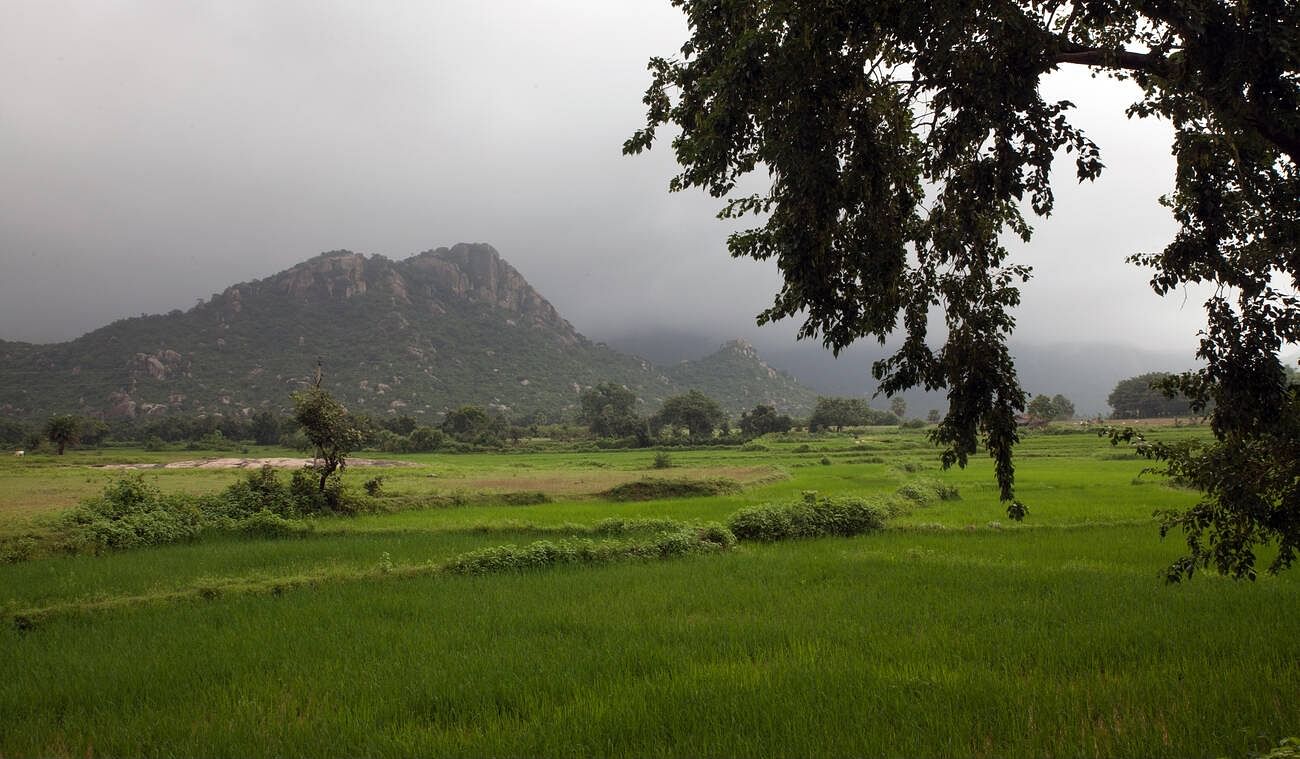
By Train:Lonavala railway station is accessible by numerous trains, including local trains from Pune station to Lonavala.
By Road:Lonavala is a 1.5-hour drive from Pune city and a 2-hour drive from Mumbai.
- Mount Abu
Mount Abu, located at an average elevation of 1,219 meters above sea level, stands out as an oasis amidst the desert landscape of Rajasthan and holds the best rock climbing in Rajasthan. It holds the distinction of being the sole hill station in both Rajasthan and northwest India and one of the best family-friendly monsoon destinations in India.
Renowned globally as a tourist hotspot, Mount Abu is celebrated for its Delwara Jain temples and natural splendor. Situated amidst verdant forested hills on the highest peak of the Aravali range, it also serves as the summer capital of the Indian state of Rajasthan. Featuring lakes, waterfalls, and lush forests, this hill retreat enjoys a refreshing and cool climate, courtesy of its abundant flora, which includes coniferous trees and flowering shrubs.
Mount Abu offers world-class tourist amenities, with accommodations ranging from budget to three-star hotels and heritage properties, making it an ideal destination for holidays and honeymoons. Each year, over three million national and international tourists flock to Mount Abu to revel in its scenic beauty, diverse flora and fauna, and the exquisite marble artistry of the Delwara Jain temples.
Declared a closed area since 1965, Mount Abu encompasses a protected region spanning 328 square kilometers, with approximately 112.98 square kilometers designated as an unofficial sanctuary. The Mount Abu Wildlife Sanctuary, shaped like a long and narrow strip, opens up into a picturesque plateau stretching about 19 kilometers in length and 5-8 kilometers in width.
According to legend, Mount Abu is home to 33 crore Gods and Goddesses, and its name derives from “Arbuada,” meaning son of Himalayas or “the hill of wisdom,” associated with the powerful serpent Arbuada, which rescued Nandi, the sacred bull of Lord Shiva. Throughout history, Mount Abu has been inhabited by numerous sages and saints, including the renowned Rishi Vashishtha, who is said to have created four Agnikul Rajput clans through a fire sacrifice to protect the earth from demons.
In historical times, Mount Abu was leased by the East India Company from the Maharajah of Sirohi and served as the headquarters for the residents of Rajputana until 1947, as well as a sanatorium for troops.
How to reach Mount Abu
One of the most efficient means of reaching Mount Abu is by air, although Mount Abu itself lacks an airport. The nearest airport is located in Udaipur, approximately 185 kilometers away. Interestingly, the second closest airport to Mount Abu is in Ahmedabad, situated at a distance of 221 kilometers.
- Wayanad
Wayanad, often referred to as the green paradise, is located amidst the mountains of the Western Ghats, forming the verdant border region of Kerala. Pristine and captivating, this land is steeped in history and culture and amazing family-friendly monsoon destinations in India.
Situated approximately 76 kilometers from the seashores of Kozhikode, this lush hill station is adorned with plantations, forests, and abundant wildlife. The Wayanad hills seamlessly merge with Mudumalai in Tamil Nadu and Bandipur in Karnataka, creating an expansive habitat for wildlife to thrive in their natural surroundings.
Geographically, the Wayanad district sits atop the southern tip of the Deccan plateau, boasting the majestic Western Ghats with their towering ridges and rugged terrain interspersed with dense forests, tangled jungles, and deep valleys. Its strategic location positions it as a gateway to prominent tourist destinations in South India, including Ooty, Mysore, Bangalore, Coorg, and Kannur.
Encompassing an area of 2132 square kilometers, with a population density of 369 people per square kilometer and a total population of 780,619 as per the 2001 census, Wayanad comprises three taluks – Mananthavady, Sulthan Bathery, and Vythiri. The district headquarters is situated in the municipality of Kalpetta, which had a population of 29,602 according to the 2001 census.
Wayanad enjoys a pleasant climate year-round, with an average annual rainfall of 2322 millimeters. Areas such as Lakkidi, Vythiri, and Meppadi receive particularly high rainfall, ranging from 3,000 to 4,000 millimeters annually, and are some of the best places to visit in Wayanad. High-velocity winds are common during the southwest monsoon, while dry winds prevail in March-April.
Regions at higher altitudes experience cooler temperatures, with Ambalavayal recording a mean maximum and minimum temperature of 29°C and 18°C respectively over the past five years. The relative humidity remains high, reaching up to 95 percent during the southwest monsoon period.
The year is typically divided into four seasons: cold weather (December-February), hot weather (March-May), southwest monsoon (June-September), and northeast monsoon (October-November). Lakkidi, nestled among the hills of Vythiri taluk, receives the highest average rainfall in Kerala.
The mist-clad landscapes of Wayanad offer a plethora of trekking opportunities, plantation visits, and wildlife tours, making it a haven for nature enthusiasts and adventure seekers alike making it one of the best family-friendly monsoon destinations in India.
How to reach Wayanad
By RailThe Kozhikode railway station is situated south of Manachira Square and provides convenient rail links to key destinations like Mangalore, Ernakulam, Thiruvananthapuram, Chennai, Coimbatore, Goa, and Mumbai.
By RoadKozhikode enjoys well-developed road connections to various destinations within Kerala and beyond. National Highway 17 connects Kozhikode with cities across Kerala and neighboring states.
Beauty in every corner
This country is a land of beauty and culture and stands out as an ideal family-friendly monsoon getaway in India. With its breathtaking landscapes, array of fun activities, and welcoming atmosphere, it offers the perfect setting for creating cherished memories with loved ones.
Whether exploring scenic waterfalls, enjoying outdoor adventures, or simply basking in the beauty of nature, India promises an unforgettable experience for families seeking a rejuvenating getaway during the rainy season.
Get exclusive travel insights & updates into your inbox!
*By clicking subscribe you'll receive emails from WanderOn.
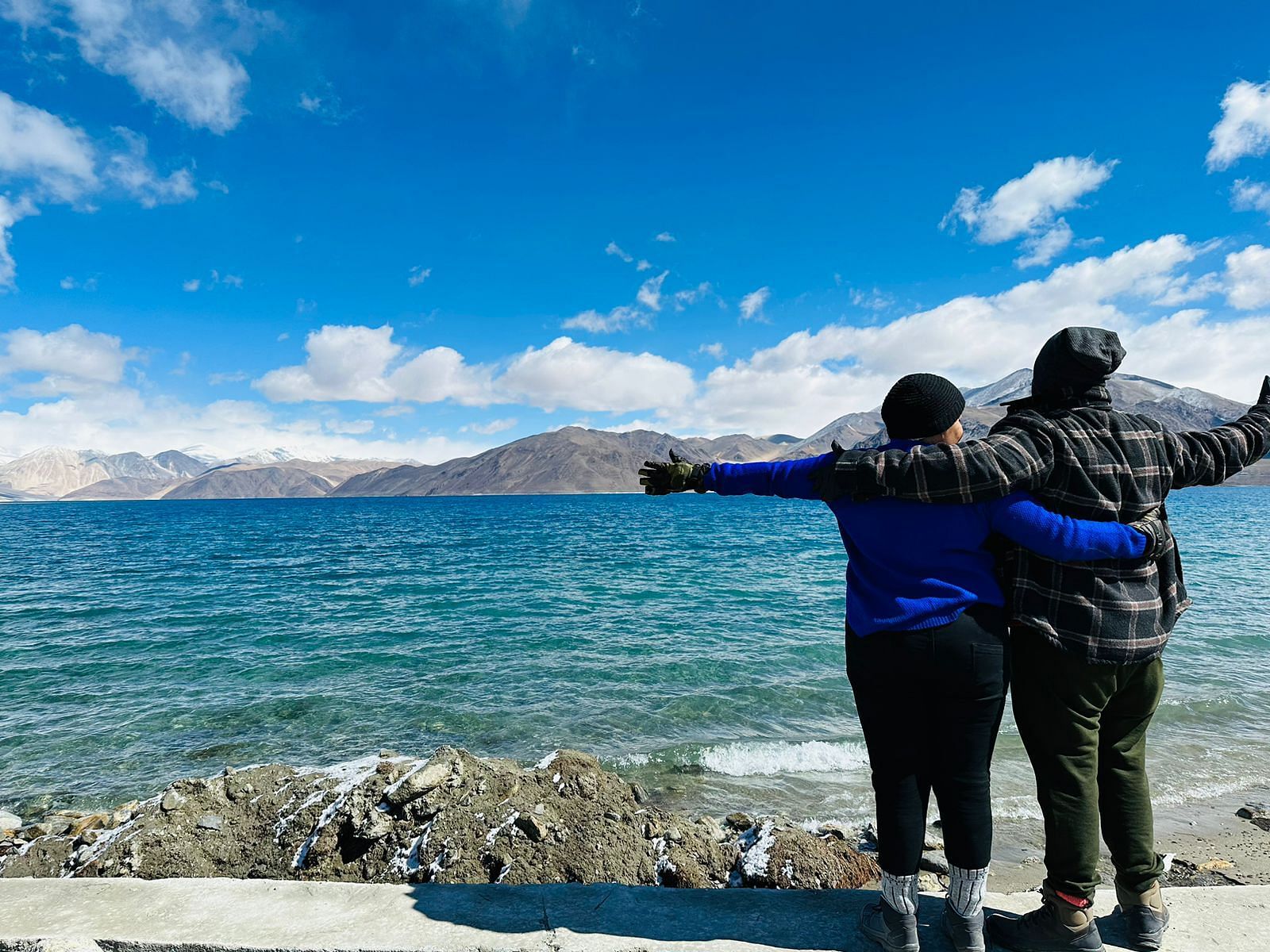
Shrutika Parab
★★★★★24 May 2024
“Thank you Team Wanderon for the amazing Ladakh Experience. Right from the point of making the bookings with Mr. Chakshu to the point of completion of the trip received amicable support.
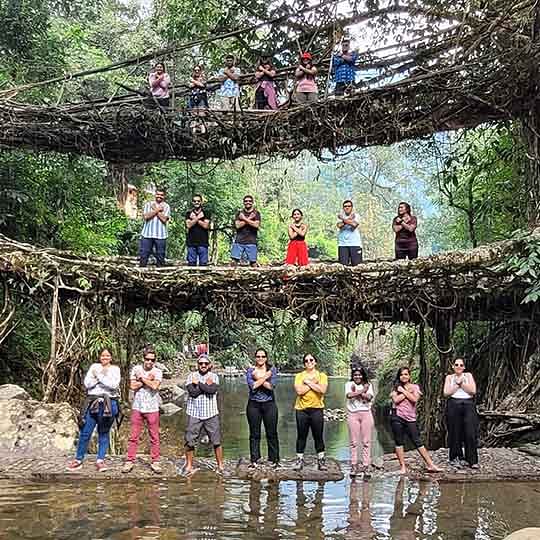
Sonal Shekhar Dash
★★★★★9 May 2024
“I did my first solo trip in India with WanderOn. Initially I was sceptical about their Meghalaya-Kaziranga trip as I didn't have any prior experience with them but the team assured me that it's going to be one of the best experiences of my life.

Archana Awati
★★★★★30 Apr 2024
“In Ladakh, find the perfect blend of culture, adventure, and serenity. December last year I decided that my next trip would be Ladakh but didn’t know how to go about it. I knew I wanted to travel in a group, as I had prior experiences of traveling in a group but wanted an organiser I could trust. Ladakh isn’t like other destinations wherein you need some instructions due to the high altitudes.
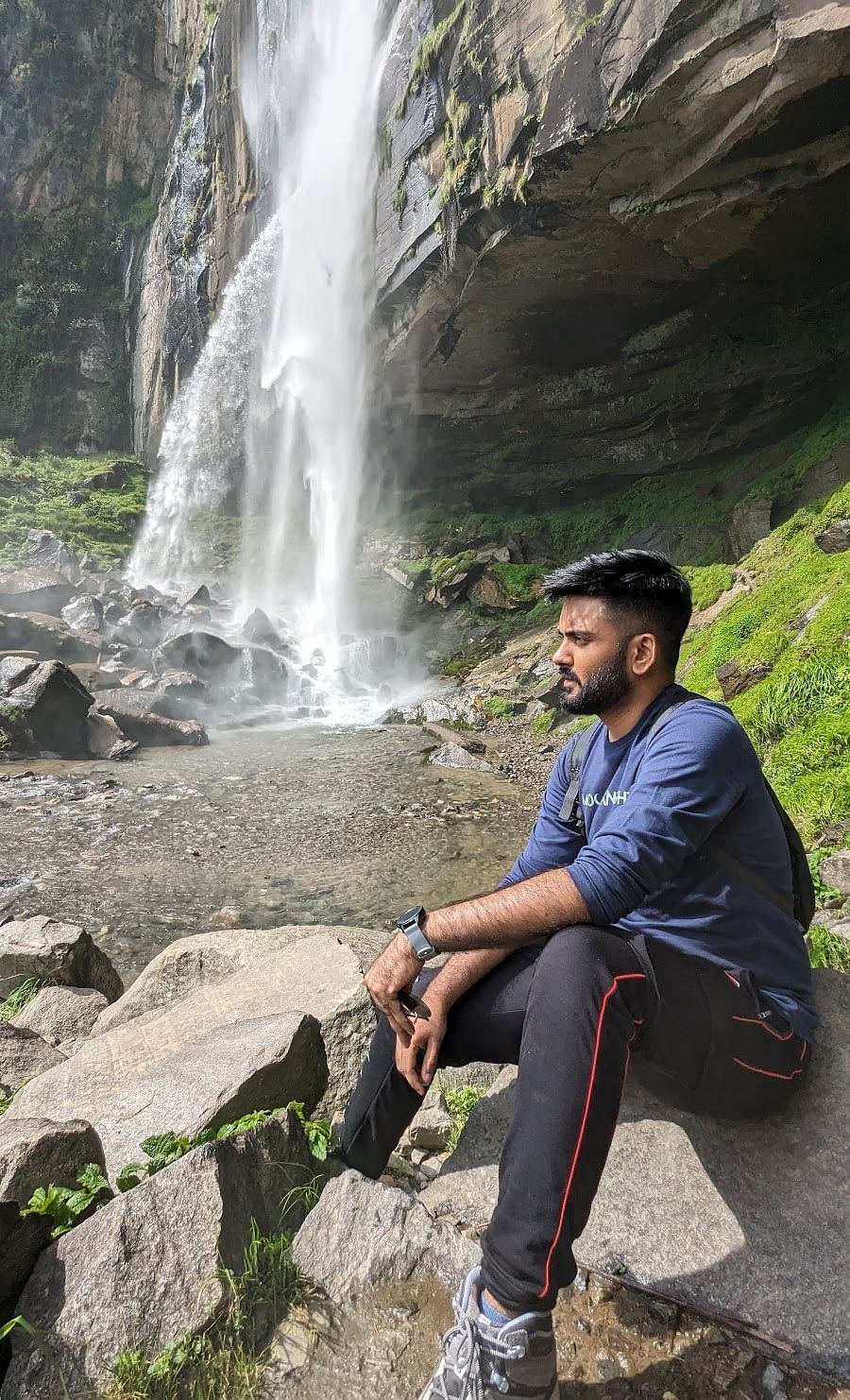
Kartik Dilawari
★★★★★4 Jul 2024
“After an amazing trip to Tirthan with WanderOn, I decided to go to Manali-Jispa with them and yet again, the experience was worth every penny. The place was very beautiful and the quality of service was top-notch, the itinerary was very good and the quality of transportation and stays were very good. Had an awesome time there and made some good friends as well. Lastly, our trip captains Priyasha and Rachit managed the entire trip very well and were so fun and made our trip an experience worth remembering.
FAQ'S
01
What are some top family-friendly monsoon destinations in India?
Some of the top family-friendly monsoon destinations in India are Coorg, Lonavala, Mount Abu, Wayanad, and Kodaikanal.
02
Is it safe to travel with kids during the monsoon season?
03
What activities can families enjoy during a monsoon vacation in India?
04
What should we pack for a monsoon trip with family?
WanderOn Special

WANDERON EXPERIENCES PVT LTD
3rd Floor, Building No-436, Phase IV, Udyog Vihar, Sector-18, Gurugram, Haryana-122015


